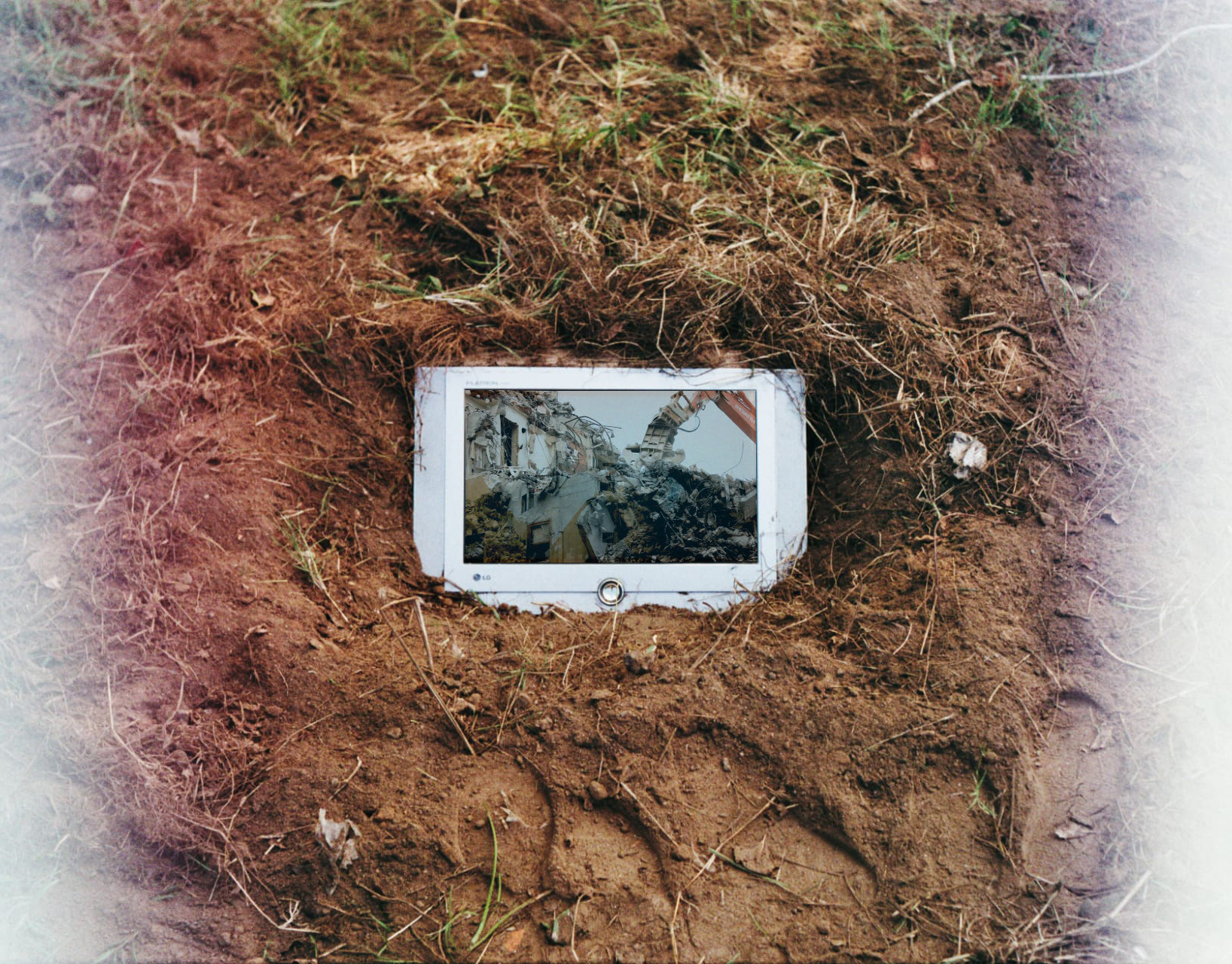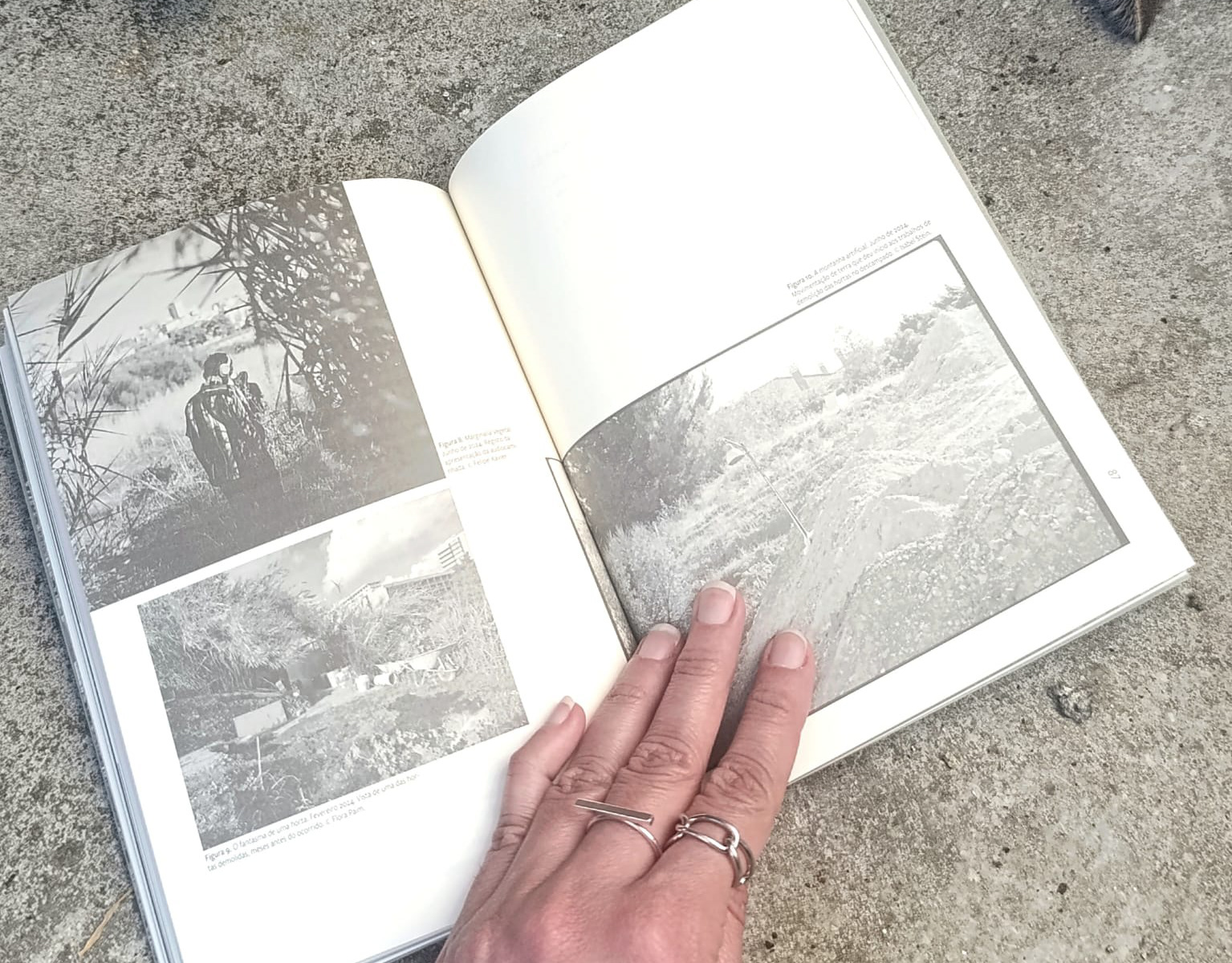Archaeology of the Void: A Journey through the Counter-Archive of an Erased Place
conference presentation (June 2021)
Communication presented at the Conference Thinking the City through Fragmentation and Reconfiguration: Aesthetic and Conceptual Challenges held at Colégio Almada Negreiros - NOVA FCSH. The conference's book of abstracts can be read at this link.
Abstract: "This was the same as taking a bomb and placing it here. And then the fragments were scattered everywhere."
Ana Santos, the author of the quote above, lived in São Vicente de Paulo, one of the oldest social housing neighborhoods in Porto, built in the 1940s in the eastern part of the city. After the demolition of the housing complex in the early 2000s, Ana and her former neighbors were separated and rehoused in different municipal neighborhoods. The removal faced strong resistance from these residents, who seem to still go through a collective mourning process for the loss of their homes and community. In the open field left by the demolition, little remains except for a few traces of the former buildings. The apparent void, a space overtaken by ruderal vegetation and dotted with some rubble, barely hints at what once existed there. Ana's words provide a clue for thinking about the demolition as a violent operation of decomposing space, both in its physical and immaterial, symbolic dimensions. How, then, to look at a place where "nothing" exists anymore? How can we attempt to recompose, through artistic practice, the fragments scattered by destruction? For Didi-Huberman, looking at things from an archaeological perspective means comparing what is seen in the present, what has survived, with what is known to have disappeared (2017, p. 41). "To learn to distrust what we see, we must know more (...), despite the destruction, despite the suppression of all things," so that they begin "to look at us from their buried spaces and eroded times" (2017, p. 61). The task of the archaeology of the void would then respond to the mistrust toward the material absence manifested by the empty field. Investigating the void with an archaeological gaze would consist of digging into its layers to reveal latent traces and tensions, seeking to highlight past movements, future expectations, and active dynamics in the present. This communication proposal aims to explore the artistic research developed from the empty field of the former neighborhood through the project "Archaeology of the Void" (2019), a journey through the site mediated by sound and image. Two work methods are articulated here: walking and archiving, to gather and reassemble heterogeneous materials connected to the space. Faced with the void and the lacunar presence of the neighborhood in the city's official archive, the aim is to present a counter-archive of the place by crossing the various temporalities that inhabit the site, along with images and narratives of the former residents. [Flora Paim]



















